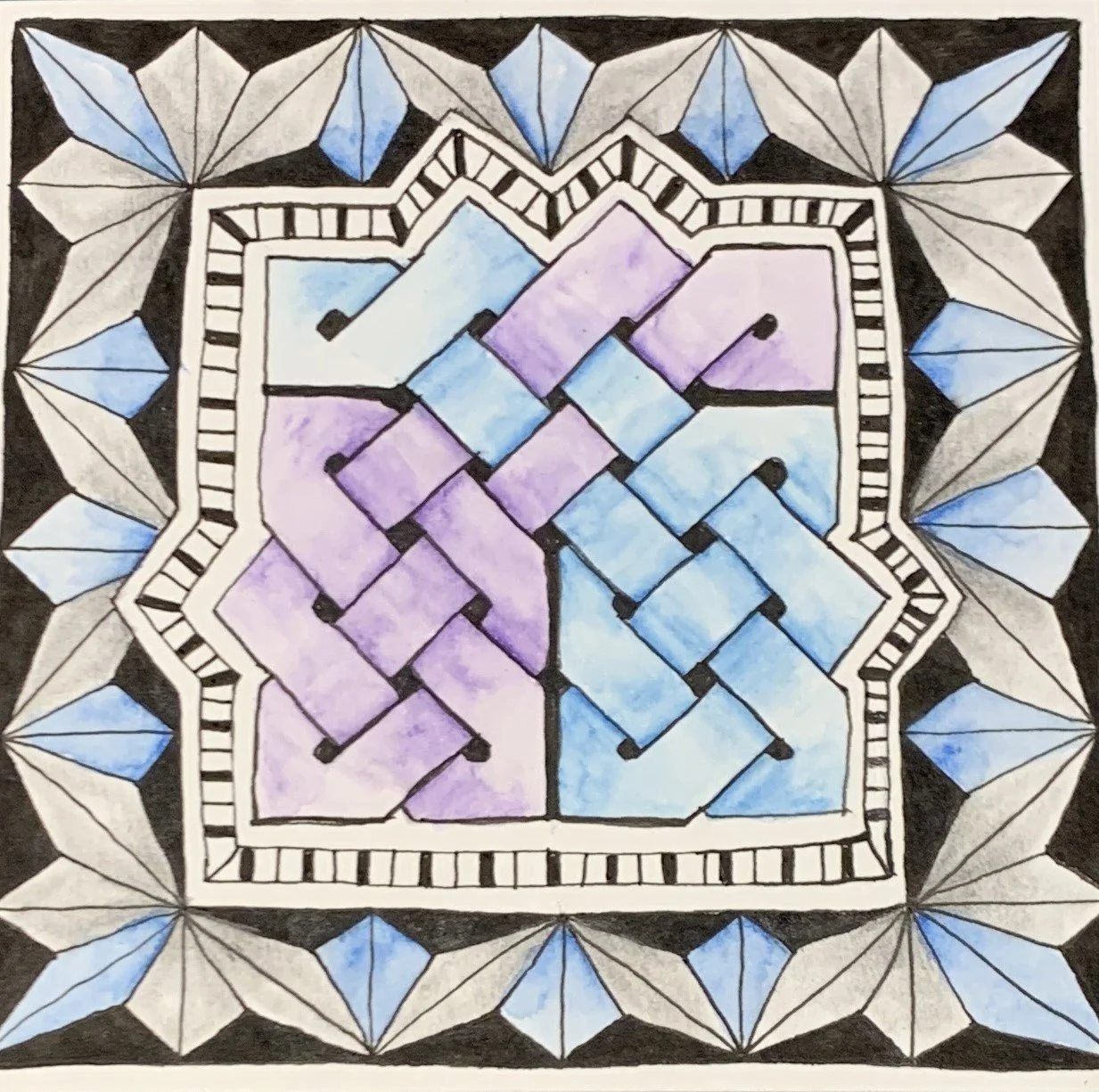Knot Cultures Across the Globe
Celtic Knots are a form of decorative artwork that we think originated from the Celtic culture. Ancient artifacts and manuscripts have been found in Ireland, Scotland, Wales, and other parts of England. These knots are characterized by their continuous and intricate looping patterns, forming complex designs that have no clear beginning or end.
From the Book of Kells
Celtic knots have been used for various purposes throughout history, including in illuminated manuscripts, stone carvings, jewelry, and other forms of artwork. They have a rich symbolic significance in Celtic culture, often representing themes like eternity, interconnectedness, continuity, and spiritual beliefs. Some Celtic knots have specific meanings associated with them, while others are more abstract and open to interpretation.
Modern Knots
Celtic knots remain popular in modern times as well, with many artists and craftspeople incorporating these intricate designs into various forms of art, jewelry, tattoos, and decorative objects. The complex and mesmerizing patterns of Celtic knots continue to captivate people and serve as a lasting reminder of the rich cultural heritage of the Celtic people.
Cultural Knots
While Celtic knots are the most well-known examples, similar knot-like motifs can be found in various other cultures around the world. Here are a few examples:
Norse/Viking Art: The Scandinavia cultures also used knot-like patterns in their artwork, often referred to as to as “Viking knots”. These designs were featured in metalwork, wood carvings, and other forms of decorative art. I can’t help but think that the Celts influenced their invaders, and it changed the art in both cultures.
Chinese Knots: Chinese culture has a long tradition of intricate knotting techniques used in decorative art. Chinese knots are often made from a single length of cord or thread, and the are used to create decorative items with symbolic meanings, such as blessings, prosperity, and happiness.
Islamic Art: Islamic art frequently incorporates geometric patterns and designs, including interlacing lines that can resemble knot-like formations. These patterns are found in architecture, textiles, ceramics, and manuscripts.
Mesoamerican Art: In ancient Mesoamerican cultures like the Maya and Aztecs, knots-like patterns were used in their artwork and hieroglyphs. These designs often held symbolic and religious significance.
Scandinavian Art: In addition to Norse/Viking art, other Scandinavian cultures, such as the Sami people, have also incorporated knot-like designs in their traditional crafts and clothing.
Byzantine Art: Byzantine art is almost entirely concerned with religious expression and, more specifically, with the impersonal translation of carefully controlled church theology into artistic terms.
There are probably other cultures that I have missed, but hope to find out more as I continue my exploration into knot art.
Thanks for reading my latest article on knots. If you want to learn to draw Celtic Knots and more about the cultures who drew them, check out my new Knot Club.
Nancy


